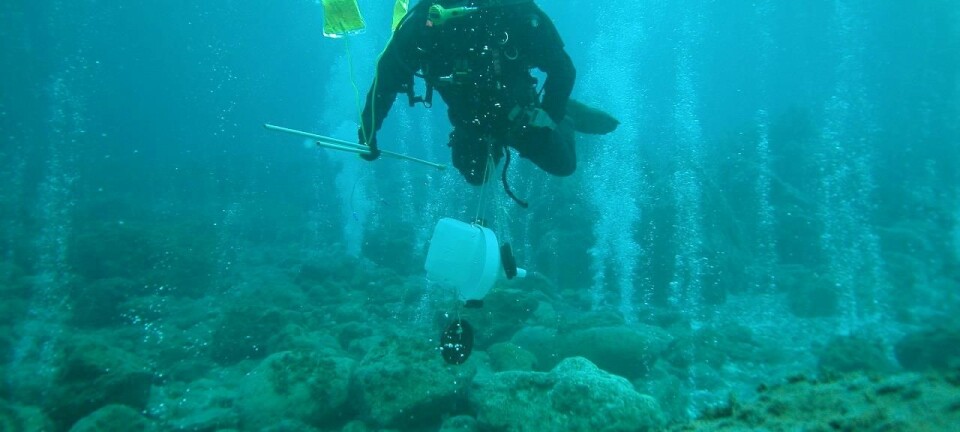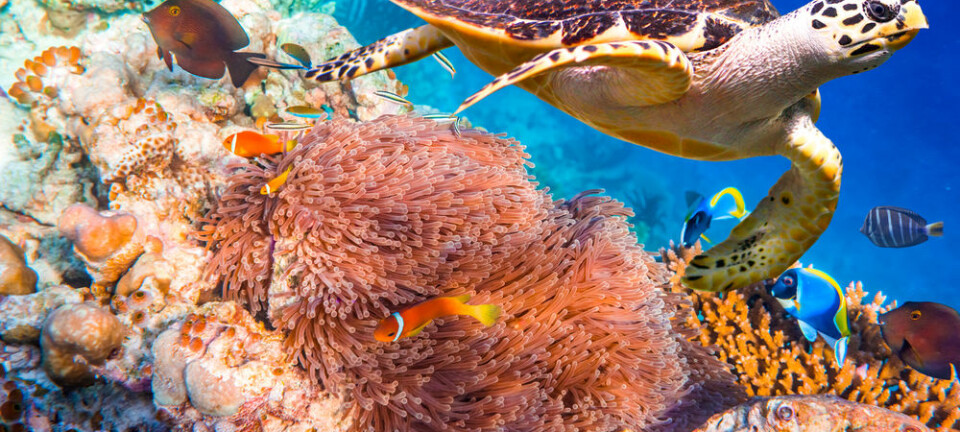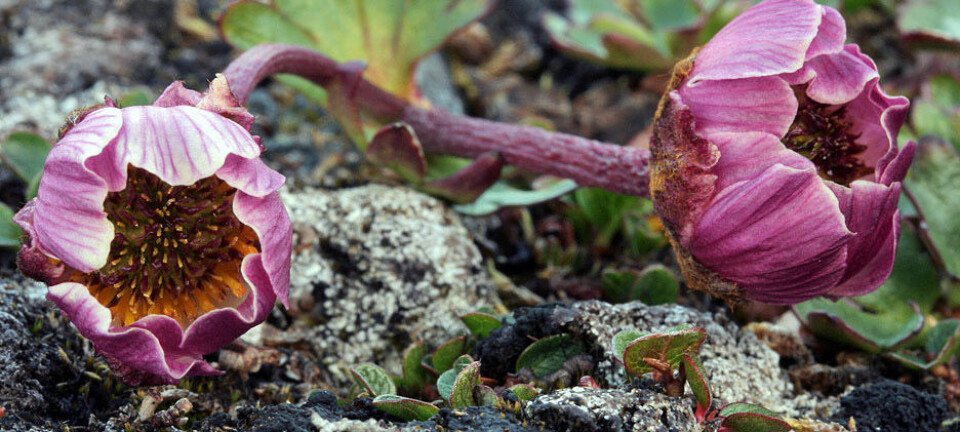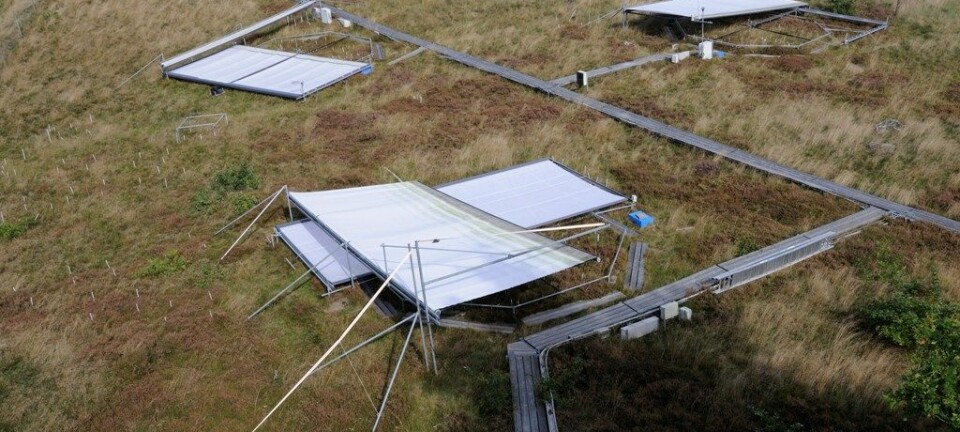
The plant that went to sea
A long, long time ago one of the planet’s flowering plants did the equivalent of a 180 degree about-face, heading back to sea. Now it will never return to land.
Eelgrass. The common seagrass known scientifically as Zostera marina.
You have probably had strands of it catch between your toes when wading or bathing. Smaller or larger beds of this underwater grass are ubiquitous in muddy and sandy shallows.
After freeing your foot you might not have given much thought to this soft, green seagrass. But it’s important. Eelgrass grows along the coasts of the entire northern hemisphere and forms the basis of essential ecosystems.
These plants, undulating with the waves above, are great habitats for fish and other marine animals to grow up in or live in. Not to mention their absorption of colossal amounts of carbon dioxide.
“Eelgrass plays as important a role as the rain forests,” says Alexander Jüterbock at Nord University.
He and an international team of researchers have now charted the DNA of this essential plant, sequencing the complete genome. They have found that the plant has a fascinating evolutionary history. It’s something akin to “kjerringa mot strømmen”, the contrarian farmwife in a Norwegian folk tale who chose to do the opposite of nearly any norm.
About-face
We have heard the other side of the story. Plant life started in the seas and got its rooting on land about 400 million years ago.
But sometime in the interim the opposite occurred. An ancestor of our current eelgrass headed back into the sea, to root in the sedimentary sea beds of shorelines. Here it found an environment devoid of pesky insects and terrestrial competitors.
But the road to sea wasn’t easy.
The researchers write in the latest issue of the journal Nature that the transition from a life in the open air to one in salt water constitutes the most dramatic change ever made by a flowering plant – or angiosperm.
“The seagrasses are the only plants that have returned to the ocean,” says Jüterbock.
He explains that the process required considerable changes in the plant’s DNA. These are irreversible. Eelgrass cannot return to dry land.
That route is closed forever.
Missing structures
Eelgrass is no longer able to produce openings on the surface of its leaves. In terrestrial plants such pores, or stomata, are vital. They allow air, with the carbon dioxide the plant needs, to diffuse into the leaf and they let out the oxygen freed by photosynthesis.
Eelgrass has lost the genes which make stomata. The genes that make such aperture structures in leaves, in all their adaptations among plants, have now vanished.
Gone too are the genes for the synthesis of the volatile chemicals which terrestrial plants emit for airborne communication with other plants and to defend against insects.
The walls of eelgrass cells have also adapted to a marine environment. They are more like the cells of algae than those of land plants.
Agricultural plants
“These changes are remarkably dramatic,” says Jüterbock.
“It’s fascinating to see what the plant has done to make it possible to return to the ocean.”
The new knowledge about the DNA of this plant could also help us understand a number of things.
For instance, in our warming planet, knowing how plants can live in salty water can be useful in developing new, salt-tolerant agricultural crops.
Knowledge of this seagrass genome can also make it easier to predict how eelgrass will react to a changing climate, and thus how some of the most important coastal ecosystems will change in the years to come.
-------------------------------------
Read the Norwegian version of this article at forskning.no
Translated by: Glenn Ostling


































